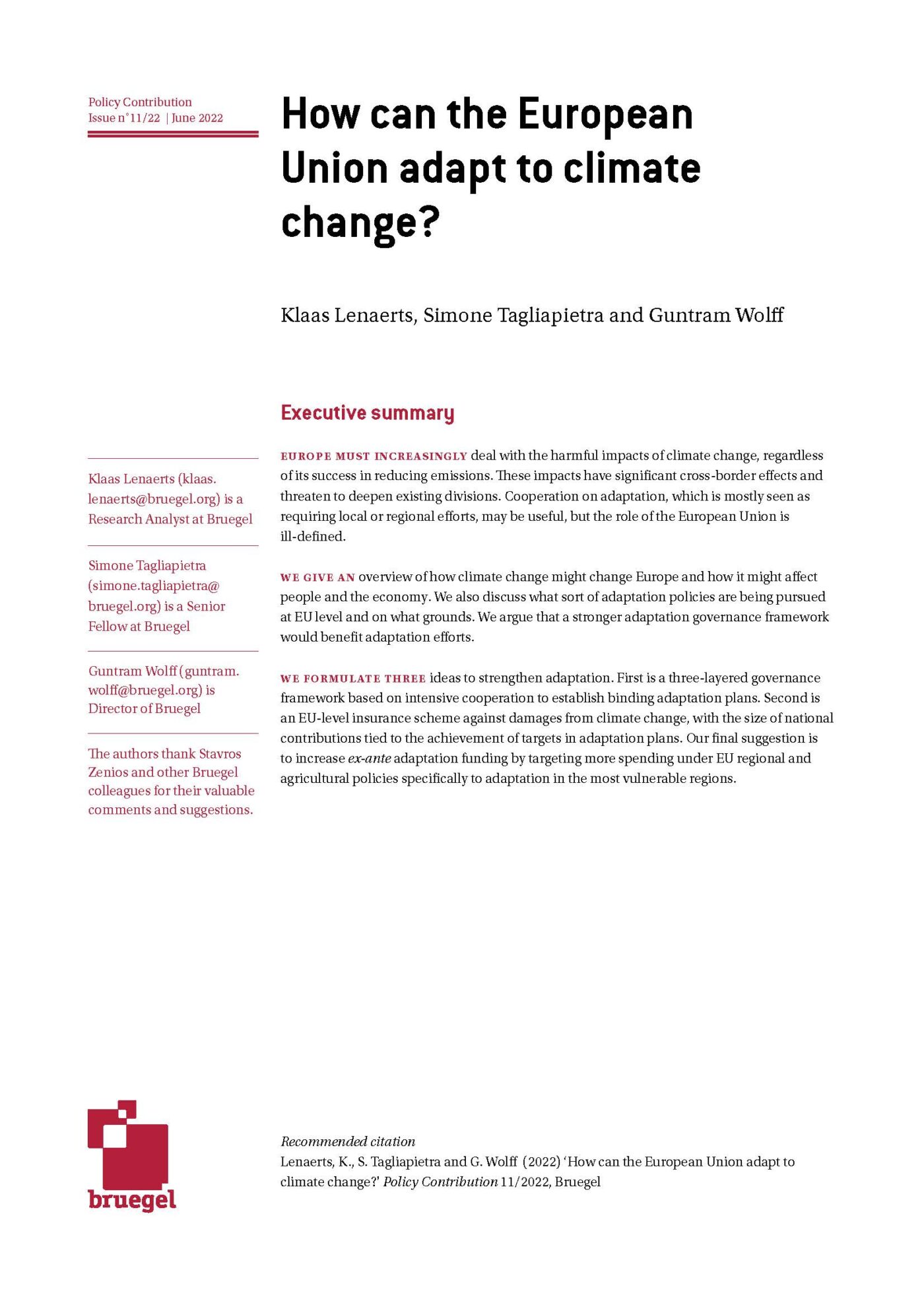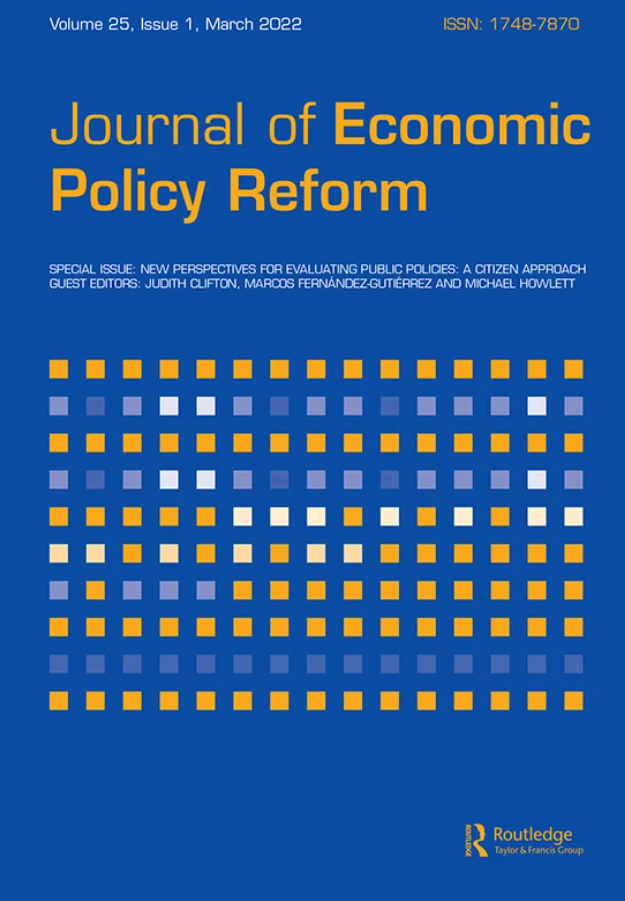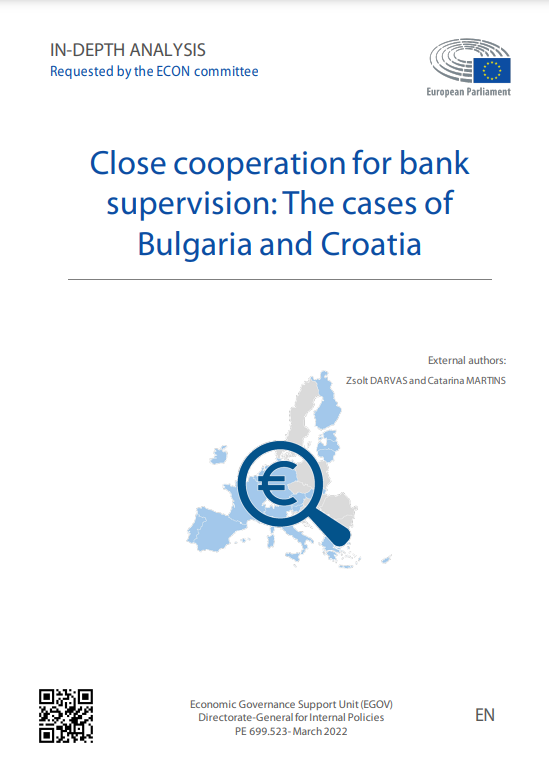Blog Post
The EU green bond standard: sensible implementation could define a new asset class
The proposed EU green bond standard will be less prone to ‘greenwashing’, and the widest possible set of issuers and jurisdictions should be encouraged to use the standard.
The European Commission’s proposal for a European Union green bond standard, published 6 July, comes at a time when issuance of green bonds is booming, with the bulk being issued and traded within the EU. Demand for such assets by investors is similarly strong, though increasingly there are concerns about ‘greenwashing’ – exaggerated claims by issuers about the environmental quality of the underlying projects financed by the bonds. Dubious practices by some issuers could undermine the entire market. The EU green bond standard may not become effective for some time but nevertheless the Commission’s proposal could do much to direct investors into higher-quality bonds and projects. If used widely, a new asset class in global capital markets could emerge.
Containing greenwashing
A green bond is a traditional bond where the proceeds from issuance are used for a project that meets certain pre-established environmental criteria. In the case of default, the investor typically has recourse to the issuer’s entire balance sheet, as structures based only on the underlying green project or its revenues are rare. To the end investor, the additional value from holding the green asset derives from this enhanced transparency and association with the green project financed by the bond (even though refinancing is common). However, definitions of what activities are sustainable are often fuzzy or conflict across jurisdictions. Reporting on the use of proceeds, let alone a project’s impact, is often lax. The problems with issuer disclosure and communicating information on the use of proceeds to investors are more pronounced in emerging markets, exactly where the bulk of low-carbon investment will be needed over the coming years.
The EU green bond standard would address these inherent problems with a rigorous regime of transparency and supervision. Only projects that are in line with the EU taxonomy of sustainable activities would be eligible for funding, and issuers would need to provide additional information at the time of issuance, and subsequently through regular reporting on the use of proceeds and its impact. Crucially, only external reviewers supervised by the European Securities and Markets Authority (ESMA) will be allowed to sign off on an EU green bond.
Green bonds will be a crucial part of financing the low-carbon transition, given their typical long durations and end-loaded repayment structures, which fit well with large infrastructure projects. Use of the EU green bond label will be voluntary, so the extent to which investors use it and mobilise capital for the low-carbon transition should be one measure of its success. But the standard will also define a framework for green assets in the capital markets. As such, it should foster scale and liquidity of the asset class, so that investors can discern a yield curve specific to green debt instruments. Green bond funds and the securitisation of green bank loans could mobilise additional funds, but will depend on there being a uniform standard across different issuers and jurisdictions.
A global blueprint?
Given these wider objectives, there are two possible fates for the EU green bond standard. It may come to define a widely recognised quality benchmark that is replicated in other markets. This kind of ‘Brussels effect’ in global capital markets has, for instance, been observed for the EU format for retail investment funds (UCITS), which are now widely used outside the EU, including in emerging markets.
Alternatively, the EU’s ‘gold standard’ ambition may remain out of reach for most issuers. Compliance with the technical standards in the EU taxonomy in particular could become a problem. Issuers will weigh the costs and complications of additional disclosure and of going through an ESMA-approved and supervised external reviewers against the benefits of accessing a wider investor base. Alternative private green bond standards and certification processes may well continue to proliferate. Several EU capital market products have already been shunned by market participants in this way, as for instance has been the case with European long-term investment funds, first designed in 2015, but barely used since then.
Implementing the standard
To simultaneously define a high-quality bond standard while creating scale and liquidity in capital markets, pragmatic implementation by the EU supervisor, and full support from public sector issuers in the EU, will be crucial. Three measures in particular could define success.
First, the EU itself and other EU supranational and sovereign issuers will likely be the largest single class of green bond issuers over the coming years. Green bond issuance by the European Commission under the Next Generation EU (NGEU) programme may amount to €250 billion over the next three years, roughly equal to total global issuance of green bonds in 2020. To date, issuance by ten EU sovereigns amounted to over €80 billion, and is set to increase rapidly given strong investor demand and the presumed benefits to funding costs in sovereign debt markets. To ensure credibility, the EU and other public sector issuers now need to adopt the EU green bond standard in their own capital market activities.
At the national level, we have already shown that the problems in classifying public expenditures under the EU taxonomy can be overcome (France has already done so). Some EU states have shown how a clear green bond framework can define credible forward-looking commitments on the use of bond proceeds in the national budgetary process. But under the proposed, regulation green bond issuance by EU countries would be subject to a weaker standard than issuance by the private sector, as reviews by government auditors will not be subject to ESMA supervision. Government agencies would in effect determine what could become a key non-financial attribute of sovereign debt.
Issuance by the Commission under the NGEU programme began in June. Ultimately, the EU as the largest issuer of green bonds will need to account to bond investors for spending of the proceeds in EU countries. It is in the interest of both the EU and member states that their own green bond issuance complies with the same high standards as corporate issuers. There should not be a separate green bond type for public sector issuers.
Second, EU regulators should define straightforward ways through which taxonomies in other jurisdictions can be mapped into alignment under the EU taxonomy. Many of such classification systems are in use globally, and EU coordination with the key jurisdictions should make different systems compatible (as suggested by Fabio Panetta). The United Kingdom and the United States are likely to develop taxonomies which are more principles-based. Discussions between the EU and the Chinese authorities within the International Platform on Sustainable Finance suggests the two classification systems are not fundamentally at odds. Ultimately, issuers from non-EU markets should be able to access EU capital markets. EU bond investors may want to document a coherent standard aligned with the EU taxonomy in their global portfolios.
Finally, ESMA, as the EU’s capital market supervisor, will need quickly to build up the skills and capacity for its new role as supervisor of green-bond reviewers. The criteria proposed by the European Commission are sensible, as they will put in place a minimum standard for qualifications, transparency and limitation of conflicts of interest. ESMA should as much as possible enable entities outside the EU to issue on the basis of the EU standard. This should especially reflect the requirements in emerging markets, where corporate disclosure and reporting standards are still weak.
The financing requirements of the EU Green deal are substantial and will primarily rest with the private sector. The new EU standard will put green bond markets on a sounder footing, though implementation should mobilise additional issuers and facilitate cross-border funding in capital markets, which are quickly embracing sustainability.
Recommended citation:
Lehmann, A. (2021) ‘The EU green bond standard: sensible implementation could define a new asset class’, Bruegel Blog, 12 July
Republishing and referencing
Bruegel considers itself a public good and takes no institutional standpoint. Anyone is free to republish and/or quote this post without prior consent. Please provide a full reference, clearly stating Bruegel and the relevant author as the source, and include a prominent hyperlink to the original post.










